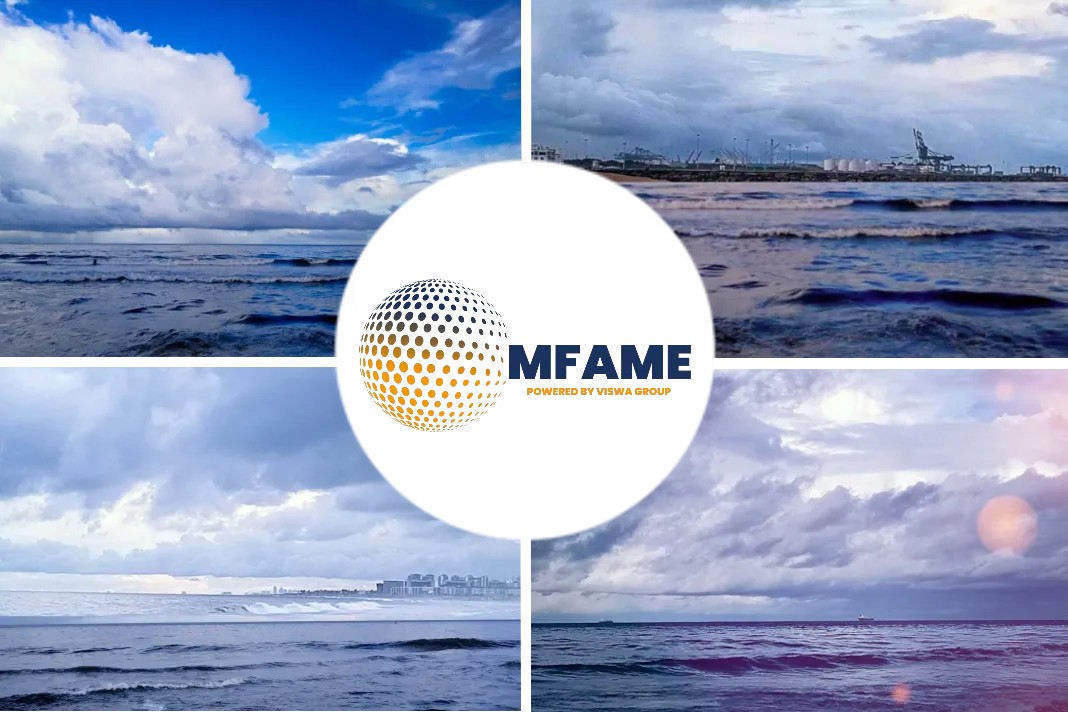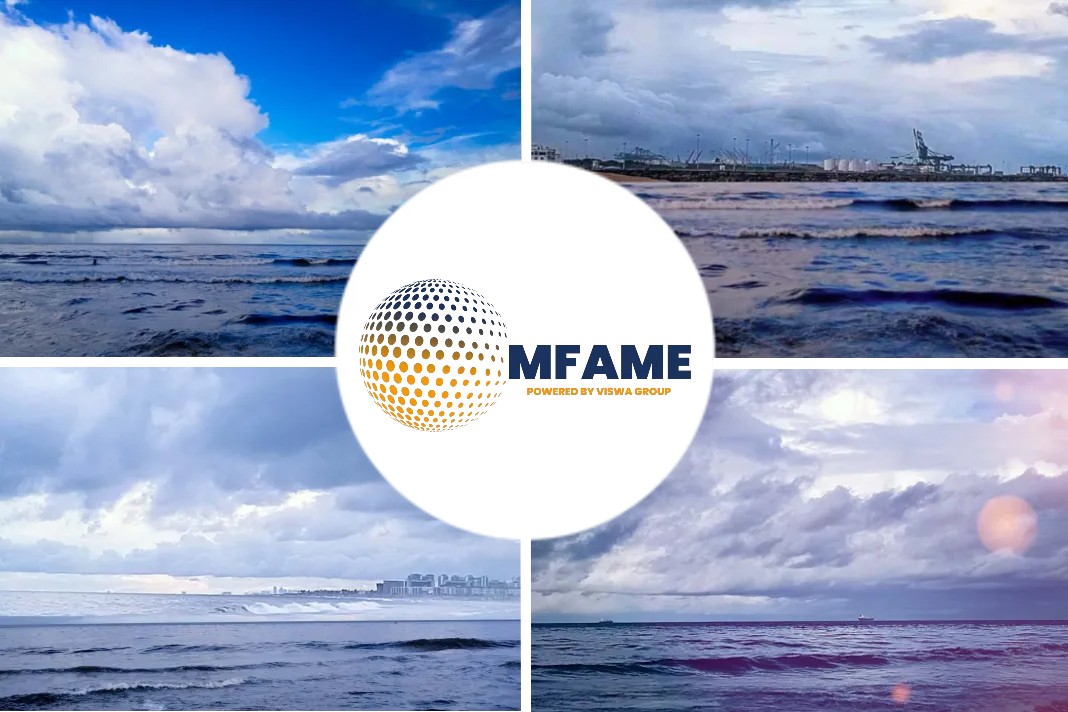 Capesize market is expected to face more headwinds in Q2 2019, despite some market optimism in Vale’s restart of Brucutu mine, says an article published in Freight Investor Services.
Capesize market is expected to face more headwinds in Q2 2019, despite some market optimism in Vale’s restart of Brucutu mine, says an article published in Freight Investor Services.
Fewer cargoes for Capesize
- The lack of cargoes from Brazil is affecting the Capesize market, along with the repairs in key Brazilian ports.
- With the reduced cargoes from Brazil, Vale is likely to be shipping most of its iron ore cargoes by 12 Valemax vessels at a ratio of 30% by Valemax and 70% by Capesize vessels.
- Therefore, the market estimated a loss of 28 Capesize vessels from the Brazilian miner, leaving the Capesize freight market to be mainly supported by Australian cargoes.
Higher bunker rates and tight tonnage to the rescue
- The bright side for the Capesize market may lie in rising bunker prices that help to support higher freight prices.
- Oil prices rose as the US may end waivers to sanction Iranian oil, spiking Brent crude oil toward $75/mt.
- Moreover, some improvement in Capesize freight rates were seen in early May loading dates due to tighter tonnage.
Slow Capesize’s scraping activity for 2019
- As of Apr 2019, around 13 Capesize has been scrapped as compared to 16 vessels scrapped over the same period last year.
- Going forward, less scraping is likely to occur as the current supply of Capesize vessels are fairly new with age cap between 15-18 years.
- Unless, the shipowners decided to scrap Capesize vessels under 20 years, which may result in another 60-75 vessel for scraping.
Capesize Paper Market pushes ahead after Easter holidays
- Capesize paper market saw an uptick after the Easter holidays as the market anticipated fresh cargoes from Brazil.
- This optimism eventually caused a paper jump in both basins, while some trade participants questioned whether the rally was supported by the more modest physical gains.
- By Wednesday, the Capesize 5 time charter average hiked by $517 day-on-day to spot price of $7,713, and up to $1,089 since Monday.
Panamax market: Dancing in the dark amid US-China trade talks
- With an extended trade talk between the US and China, the Panamax market needs more clarity from the market over the hauling of commodities like coals and grains.
- Currently, there is a drop on seaborne coals due to import cap among Chinese ports, with a long delay in customs clearances that frustrated traders in trying to import Australian coals.
Grain supports for Panamax
- Over the other side, South America experienced a grain harvest but there was a lack of Panamax vessels hired out of the Far East to haul cargoes from North America West Coast and the US Gulf.
- In the meantime, the falling canola cargoes from Canada to China have lowered Panamax freight rates further.
- Despite the weakening fundamentals, the Panamax paper market managed to book a small gain of $54 day-on-day to $9,416 on Wednesday, up to $120 since Monday.
Limited cargoes support for smaller vessels
- Supramax physical market is held back by a lack of thermal coal exports from Indonesia to India and China.
- As both countries are well stocked with coals among their industrial plants and ports.
- Furthermore, Supramax freight rates are under pressure from limited limestone cargoes in the Indian Ocean, where Panamax vessels were used instead.
- Apparently, the good grain harvest from South America is also deemed insufficient to support better Supramax rates in the Indian Ocean.
- However, the Supramax paper market experienced more supports with time charter average to record $8,620 on Wednesday, up to $217 day-on-day.
- Meanwhile, the Handysize market continued to suffer under the poor wheat harvest, as its time charter average recorded $5,881 on Wednesday, up to $7 day-on-day.
Did you subscribe to our daily newsletter?
It’s Free! Click here to Subscribe!
Source: FIS













